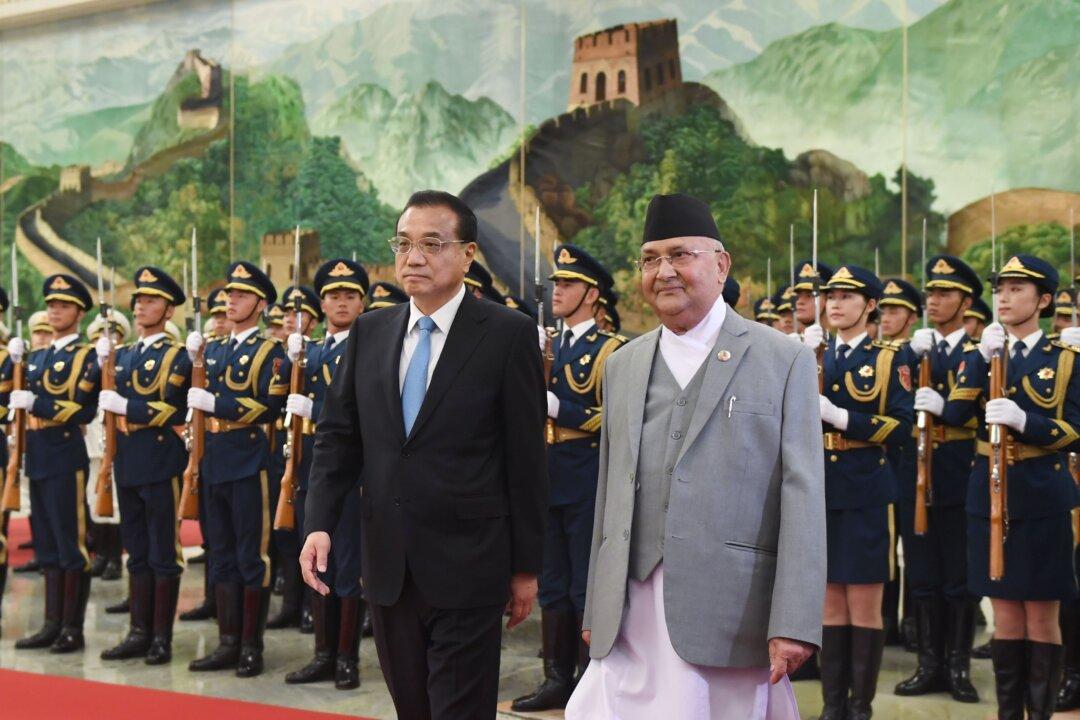NEW DELHI—China’s recent annexation of 150 hectares of Nepalese land is a gesture aimed at teaching the country a lesson after its exporters complained about China’s stringent trade policies in early October, experts say.
“To me, it seems like China is trying to send in a message through this posturing that if you question us, we have the capability to ’teach a lesson,'” Manjari Singh, an associate fellow with the Center for Land Warfare Studies, a think tank of the Indian army, told The Epoch Times.





